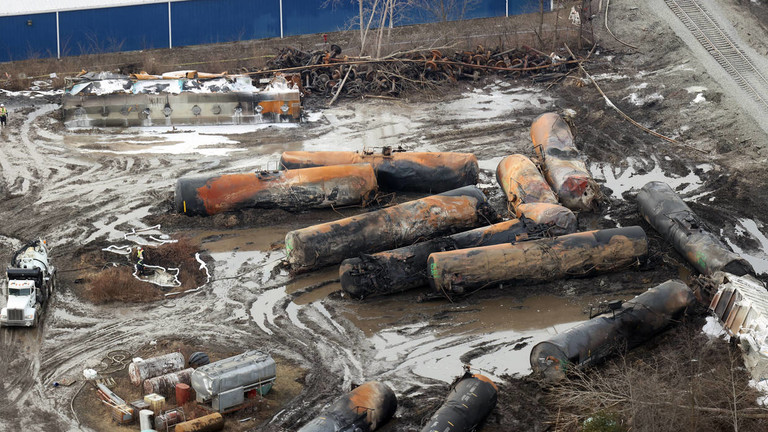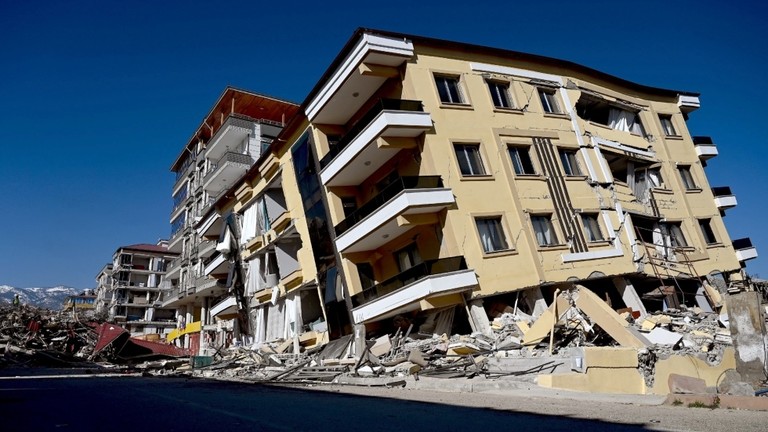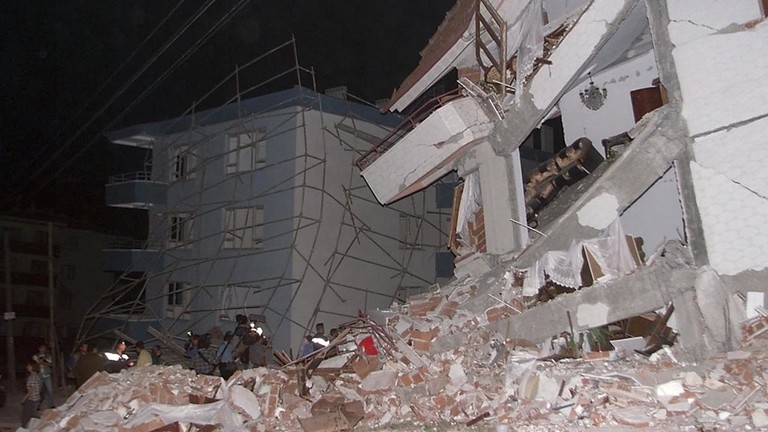By Malcolm Kendrick, doctor and author who works as a GP in the National Health Service in England. His blog can be read here and his book, ‘Doctoring Data – How to Sort Out Medical Advice from Medical Nonsense,’ is available here.
As an NHS doctor, I’ve seen people die and be listed as a victim of coronavirus without ever being tested for it. But unless we have accurate data, we won’t know which has killed more: the disease or the lockdown?
I suppose most people would be somewhat surprised to know that the cause of death, as written on death certificates, is often little more than an educated guess. Most people die when they are old, often over eighty. There is very rarely going to be a post-mortem carried out, which means that, as a doctor, you have a think about the patient’s symptoms in the last two weeks of life or so. You go back over the notes to look for existing medical conditions.
Previous stroke, diabetes, chronic obstructive pulmonary disease, angina, dementia and suchlike. Then you talk to the relatives and carers and try to find out what they saw. Did they struggle for breath, were they gradually going downhill, not eating or drinking?
If I saw them in the last two weeks of life, what do I think was the most likely cause of death? There are, of course, other factors. Did they fall, did they break a leg and have an operation – in which case a post-mortem would more likely be carried out to find out if the operation was a cause.
Mostly, however, out in the community, death certification is certainly not an exact science. Never was, never will be. It’s true that things are somewhat more accurate in hospitals, where there are more tests and scans, and suchlike.
Then, along comes Covid-19, and many of the rules – such as they were – went straight out the window. At one point, it was even suggested that relatives could fill in death certificates, if no-one else was available. Though I am not sure this ever happened.
What were we now supposed to do? If an elderly person died in a care home, or at home, did they die of Covid-19? Well, frankly, who knows? Especially if they didn’t have a test for Covid-19 – which for several weeks was not even allowed. Only patients entering hospital were deemed worthy of a test. No-one else.
What advice was given? It varied throughout the country, and from coroner to coroner – and from day to day. Was every person in a care home now to be diagnosed as dying of the coronavirus ? Well, that was certainly the advice given in several parts of the UK.
‘A slow and botched response’: My eight weeks on the Covid-19 frontline have taught me how the NHS made this crisis worse
Where I work, things were left more open. I discussed things with colleagues and there was very little consensus. I put Covid-19 on a couple of certificates, and not on a couple of others. Based on how the person seemed to die.
I do know that other doctors put down Covid-19 on anyone who died from early March onwards. I didn’t. What can be made of the statistics created from data like these? And does it matter?
It matters greatly for two main reasons. First, if we vastly overestimate deaths from Covid-19, we will greatly underestimate the harm caused by the lockdown. This issue was looked at in a recent article published in the BMJ, The British Medical Journal. It stated: “Only a third of the excess deaths seen in the community in England and Wales can be explained by Covid-19.
…David Spiegelhalter, chair of the Winton Centre for Risk and Evidence Communication at the University of Cambridge, said that Covid-19 did not explain the high number of deaths taking place in the community.”
“At a briefing hosted by the Science Media Centre on May 12 he explained that, over the past five weeks, care homes and other community settings had had to deal with a ‘staggering burden’ of 30,000 more deaths than would normally be expected, as patients were moved out of hospitals that were anticipating high demand for beds.
Of those 30,000, only 10 000 have had Covid-19 specified on the death certificate. While Spiegelhalter acknowledged that some of these ‘excess deaths’ might be the result of underdiagnosis, ‘the huge number of unexplained extra deaths in homes and care homes is extraordinary. When we look back . . . this rise in non-covid extra deaths outside the hospital is something I hope will be given really severe attention.’ He added that many of these deaths would be among people ‘who may well have lived longer if they had managed to get to hospital.’”
What Speigelhalter is saying here is that people may well be dying ‘because of’ Covid, or rather, because of the lockdown. Because they are not going to hospital to be treated for conditions other than Covid. We know that A&E attendances have fallen by over fifty percent since lockdown. Admissions with chest pain have dropped by over fifty percent. Did these people just die at home?
From my own perspective, I have certainly found it extremely difficult to get elderly patients admitted to hospital. I recently managed with one old chap who was found to have sepsis, not Covid-19. Had he died in the care home; he would almost certainly have been diagnosed as “dying of Covid.”
‘Unmitigated disaster’: Fury as UK suffers highest rate of excess deaths per million in the world during Covid-19 crisis
The bottom line here is that, if we do not diagnose deaths accurately, we will never know how many died of Covid-19, or ‘because of’ the lockdown. Those supporting lockdown, and advising governments, can point to how deadly Covid was, and say we were right to do what we did. When it may have been that lockdown itself was just as deadly. Directing care away from everything else, to deal with a single condition. Keeping sick, ill, vulnerable people away from hospitals.
The other reason why having accurate statistics is vitally important is in planning for the future. We have to accurately know what happened this time, in order to plan for the next pandemic, which seems almost inevitable as the world grows more crowded. What are the benefits of lockdown, what are the harms? What should we do next time a deadly virus strikes?
If Covid-19 killed 30,000, and lockdown killed the other 30,000, then the lockdown was a complete and utter waste of time. and should never happen again. The great fear is that this would be a message this government does not want to hear – so they will do everything possible not to hear it.
It will be decreed that all the excess deaths we have seen this year were due to Covid-19. That escape route will be made far easier if no-one has any real idea who actually died of the coronavirus disease, and who did not. Yes, the data on Covid-19 deaths really matters.
Like this story? Share it with a friend!


 NEWS5 months ago
NEWS5 months ago
 NEWS5 months ago
NEWS5 months ago
 NEWS5 months ago
NEWS5 months ago
 WAR5 months ago
WAR5 months ago
 FINANCE5 months ago
FINANCE5 months ago
 INVESTMENTS5 months ago
INVESTMENTS5 months ago
 FINANCE5 months ago
FINANCE5 months ago





















